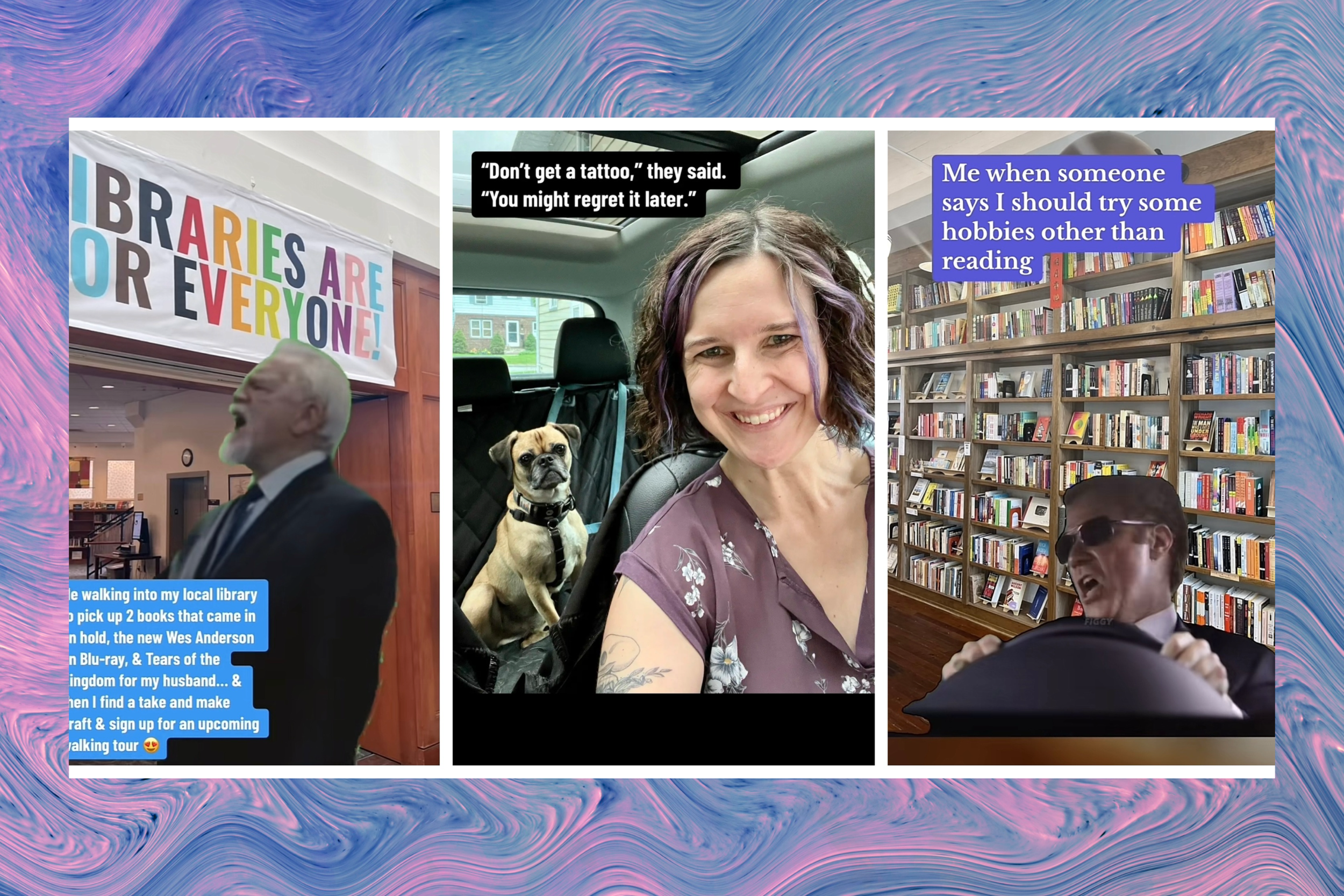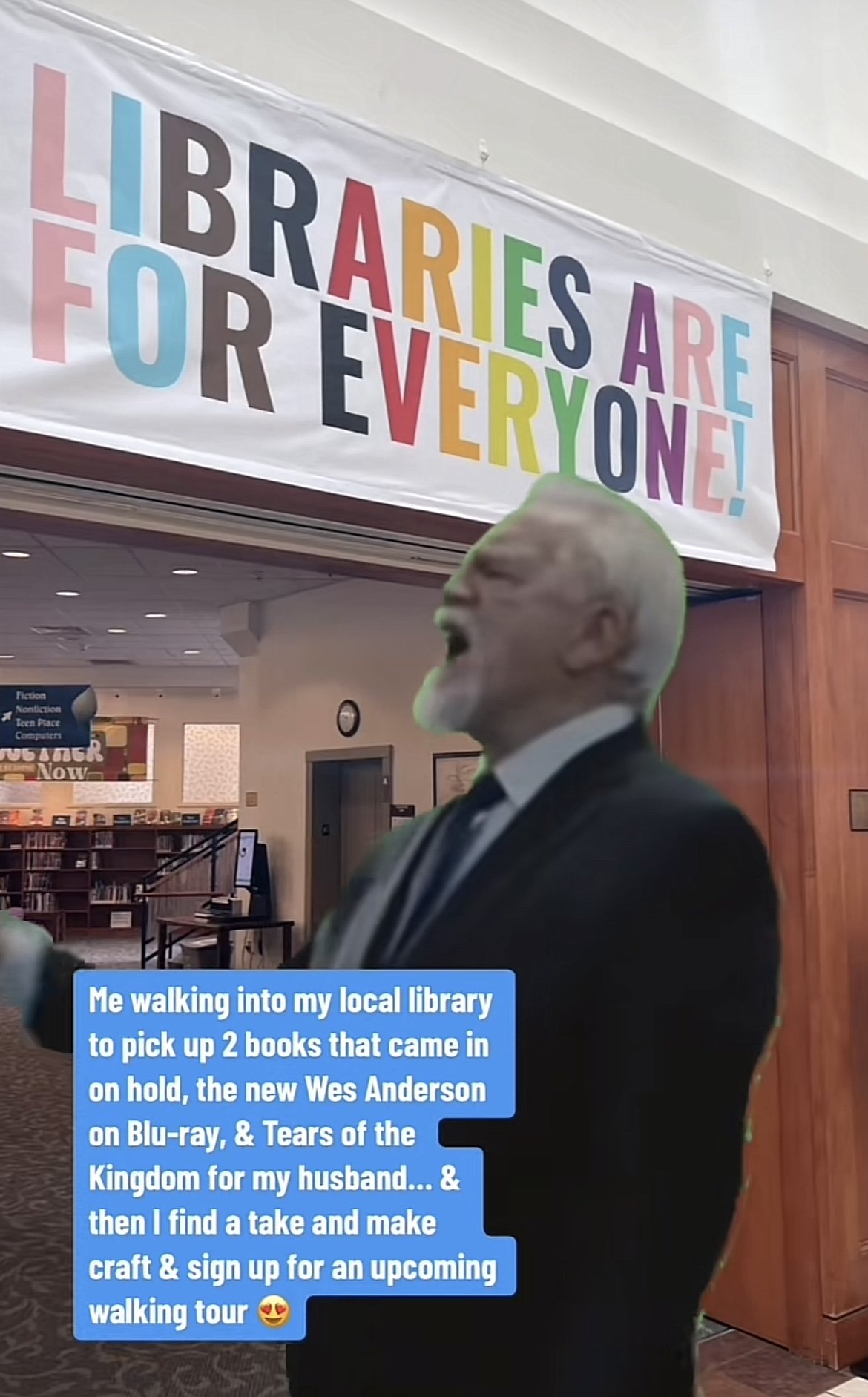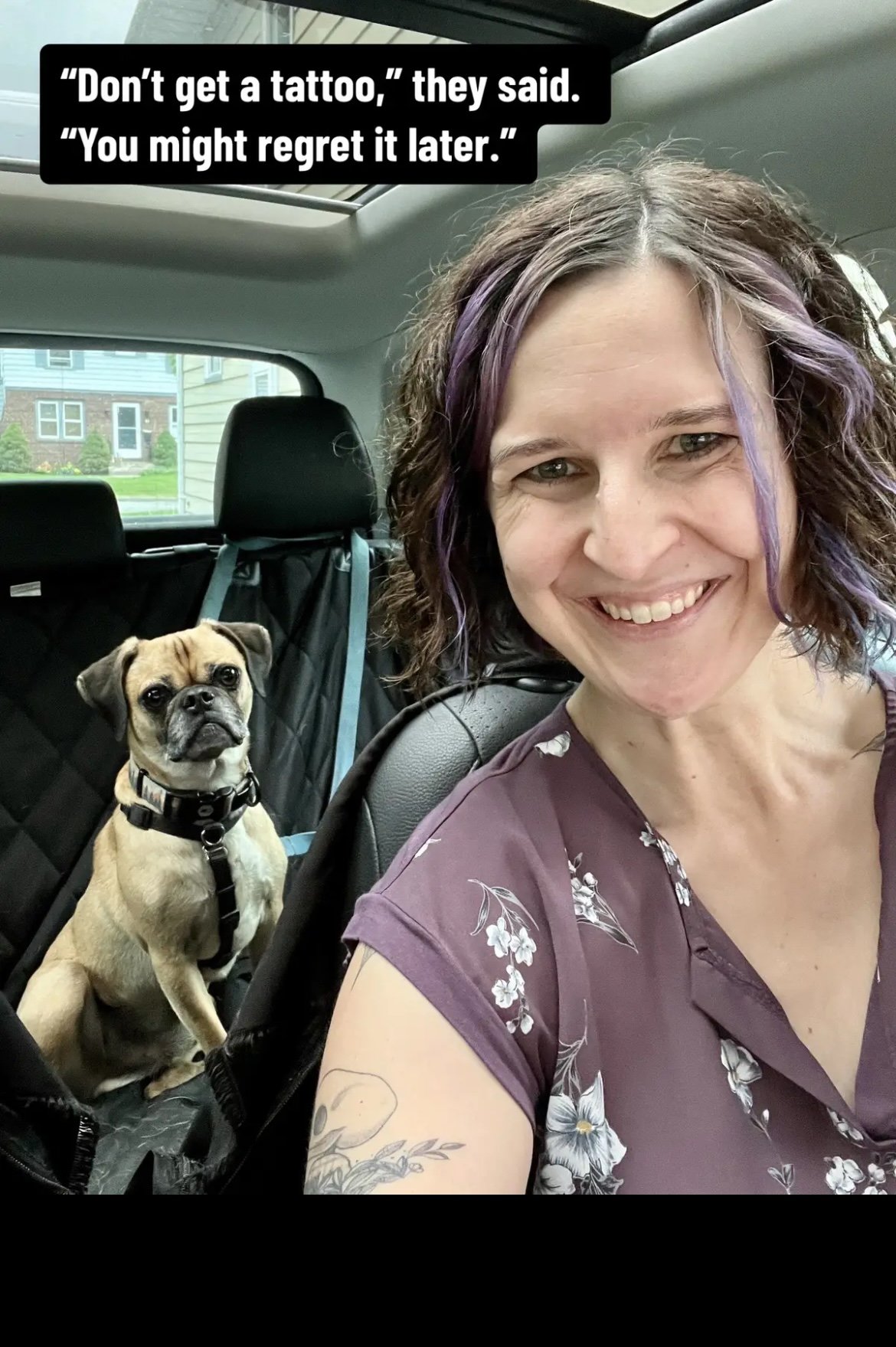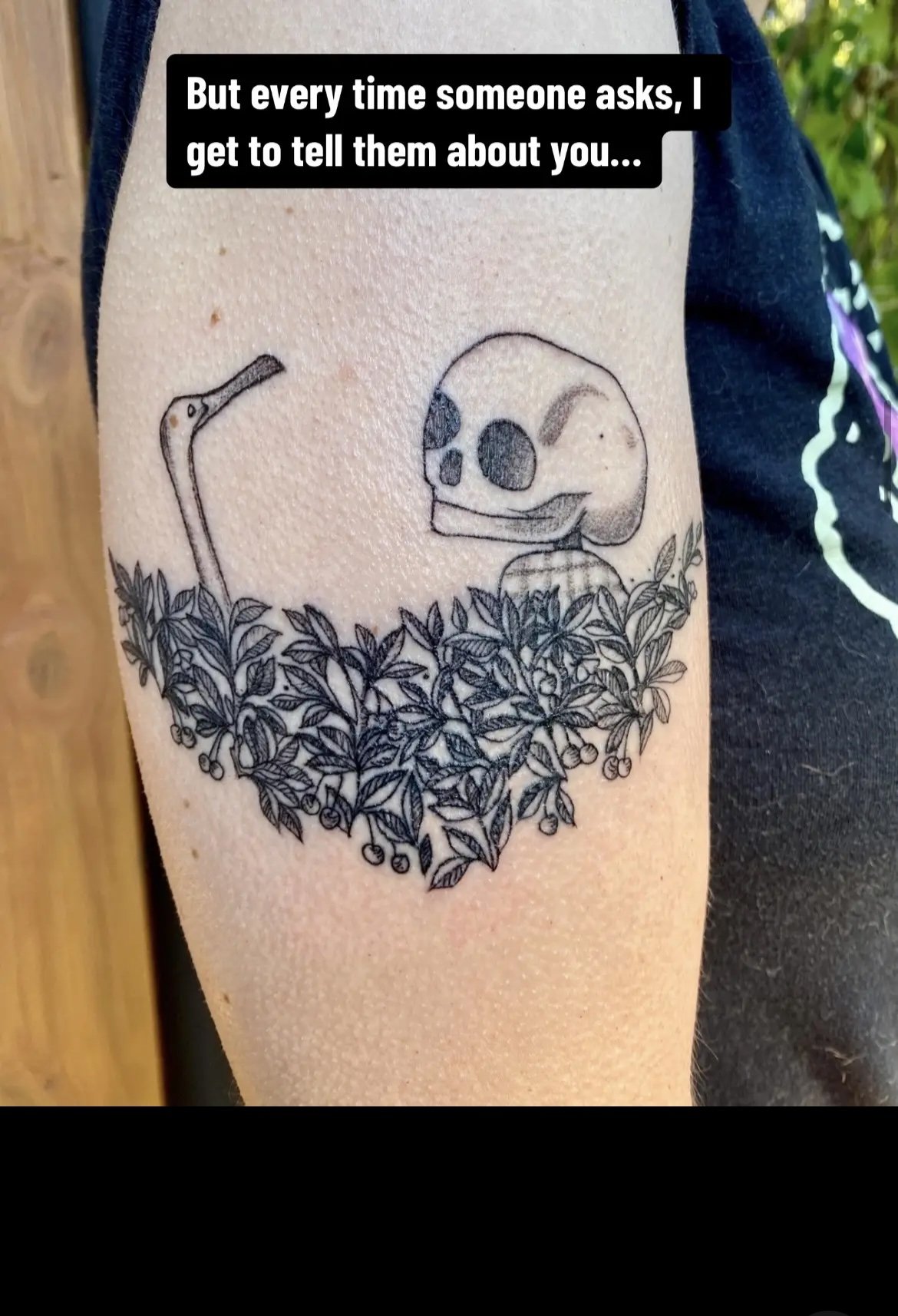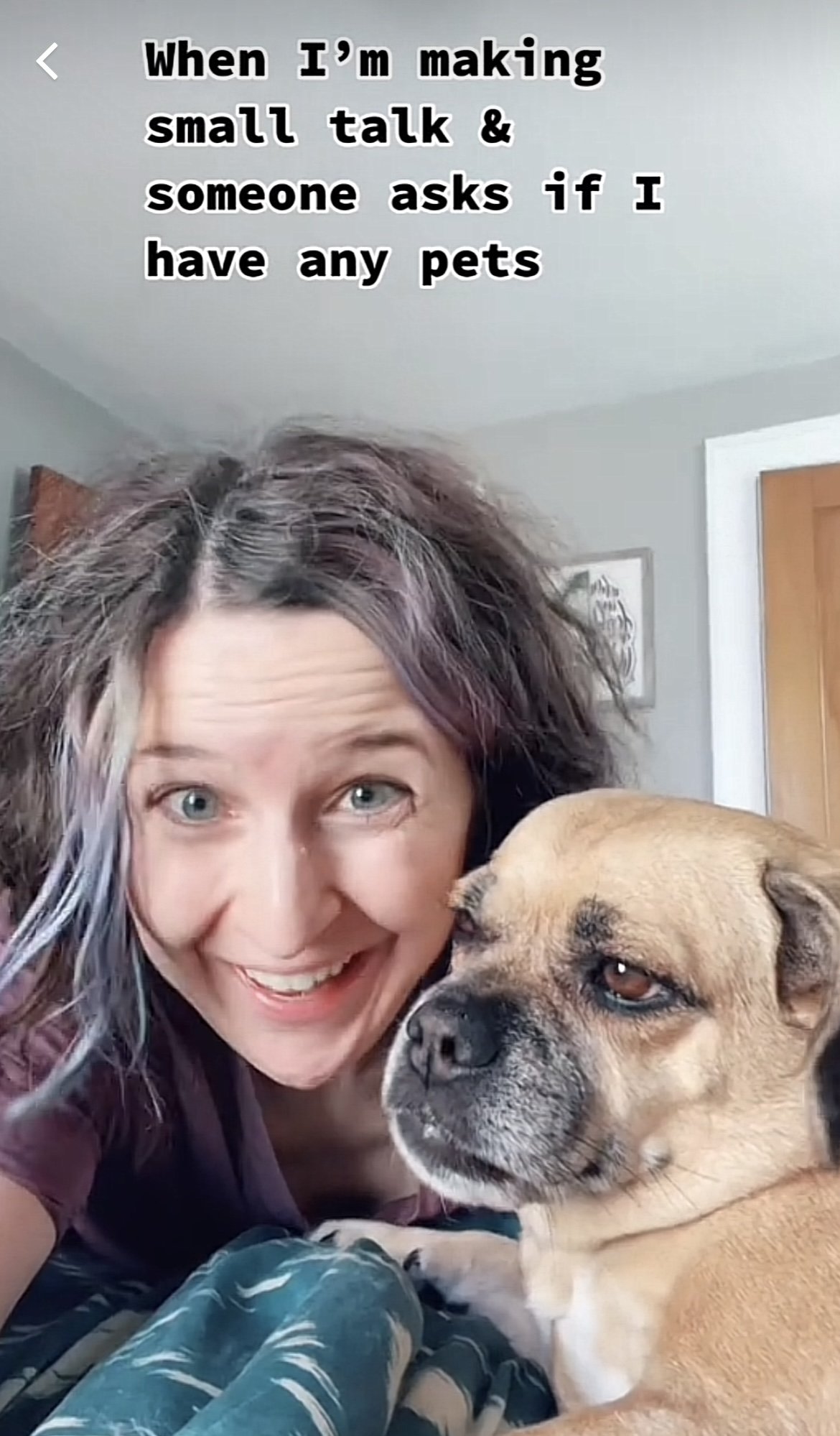The TikTok Experiments, Volume 9: Using Trending Sounds on Every Video for a Week
/In an effort to understand TikTok’s mysterious algorithm, I regularly conduct experiments to learn which tactics help videos gain traction. I’ve experimented with 3 minute videos, CapCut templates, an SEO hack, and more. In September, I experimented with a core component of TikTok videos: trending sounds. I don’t use trending sounds often; they’re not usually conducive to the kind of content I make. But trending sounds are supposed to be important in getting your videos seen, so for one week, I used trending sounds on every video I shared. To be frank, the results were surprising.
Why trending sounds?
Trending sounds have always been a core part of the TikTok experience. Whether it’s a funny quote that everyone’s lip syncing to and adding their own twist or a sped up song on video after video, trending sounds are a key feature of the platform. The sound almost becomes its own meme, quickly recognizable to TikTok users when they encounter it on their FYP for the 15th time that week. And yet, I’ve also been hearing that TikTok is prioritizing original videos, talking videos, and longer form videos. Do trending sounds still matter? I decided to experiment with using them every day for a week to find out.
What kinds of TikTok videos did you create using trending sounds?
Over the course of the experiment, I shared 14 TikTok videos with trending sounds. I wasn’t sure if CapCut templates counted or not; often, when you create in CapCut, it generates your own version of the sound instead of aggregating them all under one original sound. I used 3 CapCut templates during the experiment, but stuck mostly to trending sounds not from CapCut. The videos I shared covered topics like:
Mental health – Videos on topics such as dysfunctional families and toxic positivity performed well during the experiment.
Dogs – Dog content is always fun and easy to create, so of course I had a few dog videos in the mix.
Self-employment – Paying my estimated quarterly taxes inspired me to make a video about the challenges of working for yourself.
Books/libraries – CapCut templates were useful for hyping up libraries and sharing relatable feelings about reading as a hobby.
A CapCut template featuring Will Ferrell. This one resonated with my fellow bookworms.
Which TikTok videos with trending sounds performed the best?
Lots of individual videos performed well, but the overall results were underwhelming. My best performing video covered a mental health topic with brief text over a clip of flowers in the rain, paired with a sped-up version of Taylor Swift’s song “August” that was trending. It received 2,000 views, 3 saves, and 4 shares. It was a vulnerable anecdote that resonated with many viewers.
Examples of videos with trending sounds that performed well.
Other popular videos included:
A CapCut template of a man yelling, “I fucking love it here!” paired with text about the amazing things you can access at your local library. It received 743 views, 102 likes, 5 comments, and 3 shares. Library supporters were excited to share this!
A slideshow participating in a trend about ‘don’t get a tattoo’ and then sharing the tattoo you got. I shared my tattoo inspired by the German children’s book Duck, Death and the Tulip and it received 699 views, 58 likes, 4 comments, and 6 saves. Lots of people either read the book or favorited the video so they could check it out later!
A sped-up version of “Iris” by the Goo Goo Dolls was trending, so I paired it with a clip of a sunflower field and text about grief; it resonated with folks who have been through similar experiences. That received 578 views, 81 likes, 9 comments, and 2 saves.
Of course, not every video with a trending sound performed well. I heard a trending sound over and over on my FYP and decided to use it: a woman saying “oh my god I love this question!” When I paired it with the text “when someone asks you if you have any pets” and posed with one of my dogs, it flopped. It only received 190 views. Another simple video, a CapCut template and a trending emo sound, paired with the 4 most recent videos in my camera roll, received only 290 views.
cute puggle? check. but the video still flopped.
It’s always hard to say what causes a video to flop. Did I hop on the trend too late? Was the video too low quality or thematically unfocused? The randomness of the algorithm can be frustrating, but I’ve come to accept that sometimes it’s just hard to predict what will do well. Overall, my videos did a bit better than usual, with many of them in the 300-400 view range instead of that “200 views jail” that many people complain about.
Should I be using trending sounds more often when creating content for TikTok?
I thought this experiment might find that trending sounds were more important than I initially believed and that I’d need to do more moving forward. That was not the case. I only gained 7 followers during the experiment. The rest of the stats weren’t any more convincing:
Video views down 16% – 13k views the week of the experiment, compared to 15k the week before and 13k the week after. The trending sounds didn’t seem to help my videos reach more people, and that effect stuck around afterwards.
Unique video views down 16% – 10k the week of the experiment; 12k the week before and 10k the week after.
Shares down 69.5% – This one is wild! I received 46 shares the week of the experiment, compared with 151 the week before and 40 the week after. Ouch! Shares are important for getting your content in front of new eyeballs. While the trending sounds were recognizable to viewers, I often felt like I was stretching to make my content fit with the sound, so perhaps that made them feel less authentic and therefore less shareable.
Profile views down 9% – Not a trend you want to see if you’re trying to convert viewers to followers. I received 114 profile views the week of the experiment, 126 the week before, and 121 the week after. The content I shared during the experiment must not have been compelling enough for people to click through to learn more about me.
Likes up 11% – On a more positive note, I received 841 likes the week of the experiment, compared to 753 the week before and 642 the week after. Though the videos didn’t reach more people, the folks they reached enjoyed them.
Comments up 29% – Interestingly, though my shares and profile views were down, comments were up! I received 80 comments during the experiment, compared to 62 the week before and 76 the week after. The videos on mental health topics that really resonated with specific folks generated a lot of engagement compared to more generic content like dog videos.
So, should you start incorporating trending sounds more often on TikTok? It’s a no from me. That’s good news for me, honestly! This experiment was difficult for 2 reasons:
1) I had to make the videos each day on the fly, which I hate doing. I thrive on planning ahead. Trying to squeeze in time to make videos based on whatever trending sounds I found that day was stressful.
2) Trending sounds generally aren’t my jam. I enjoy talking to the camera about specific topics (like books I loved) or sharing snippets of my life through video (such as recipes, cute dogs, and nature). I don’t enjoy lip syncing to a particular sound just because that’s the trend of the moment. I’m glad I don’t have to force myself to do that just because trending sounds are supposedly important.
The experiment wasn’t a complete flop. Likes and comments did increase, after all. Trending sounds do still matter, just less than they used to. It’s a good idea to keep a couple in the mix when they work for you. There’s no need to force a square peg into a round hole.
My videos with trending sounds that did the best were either CapCut templates or sped-up songs paired with a video clip of nature. Those are my favorite kinds of trending sound videos to create! Text on screen videos and CapCut templates are both relatively easy, so I’ll be sure to incorporate those regularly. And now I can give myself permission not to worry about skipping the next lip sync trend I spot on my FYP, knowing that it’s not essential to TikTok success.
Lots of learning this year! To recap: CapCut templates, SEO keywords, and longer videos can help improve your reach on TikTok. Shorter videos and trending audios aren’t as critical as you might think. What should I experiment with next on TikTok? Reach out with your ideas! I’d love to hear them.
Looking to craft a more strategic approach to TikTok content creation? Book a consultation with me today!


